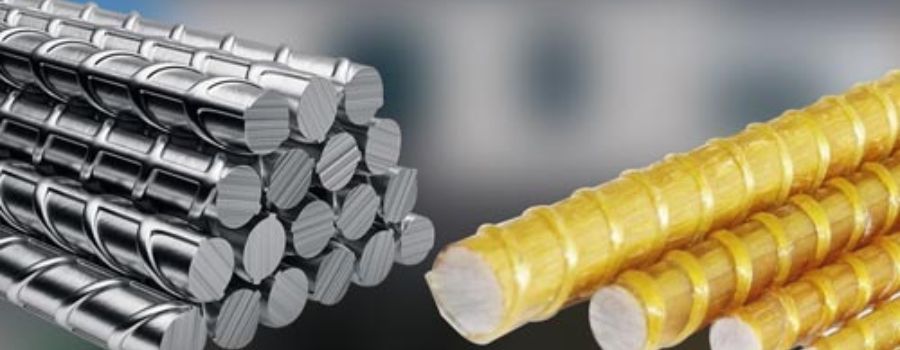Introduction
In the world of construction, choosing the right material is essential to ensure the durability and cost-efficiency of projects. While steel has been the go-to material for decades, the emergence of GFRP rebars is challenging its dominance. With unique advantages in strength, resistance, and sustainability, GFRP rebars are proving to be a superior alternative to traditional steel reinforcements.
Advantages of GFRP Rebars Over Steel
- Corrosion-Free Construction
Steel reinforcements corrode over time, especially in environments exposed to saltwater or chemicals. GFRP rebars, made of non-metallic materials, eliminate this problem entirely. - Lightweight and Easy Installation
GFRP rebars are approximately 75% lighter than steel, reducing transportation and labor costs. - High Strength-to-Weight Ratio
GFRP rebars offer superior tensile strength, making them ideal for projects where structural integrity is critical. - Cost Savings Over Time
Although GFRP rebars may have a higher initial cost, their long-term benefits outweigh the expense. With minimal maintenance and extended lifespans, they result in lower lifecycle costs.
Applications Benefiting from GFRP Rebars
- Bridges and Highways: GFRP rebars eliminate the risk of rusting, even in de-icing environments.
- Parking Structures: Withstanding harsh weather and chemical exposure, GFRP enhances the durability of parking lots.
- Marine Construction: Perfect for seawalls, jetties, and underwater pipelines where corrosion is a major concern.
Conclusion: A Smarter Choice for Modern Construction
While steel has its merits, GFRP rebars are quickly proving to be the smarter choice for modern construction projects. Their durability, cost-effectiveness, and environmental benefits make them an ideal replacement for traditional materials.
